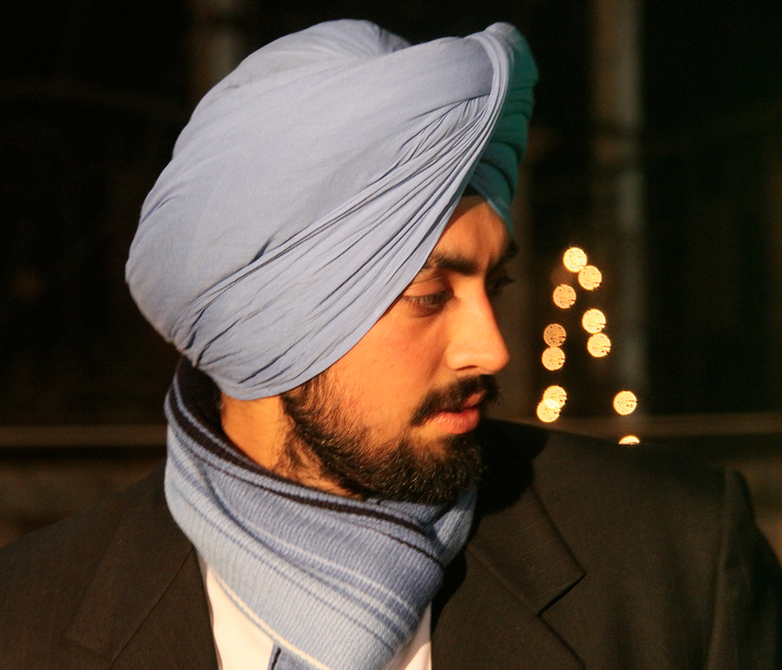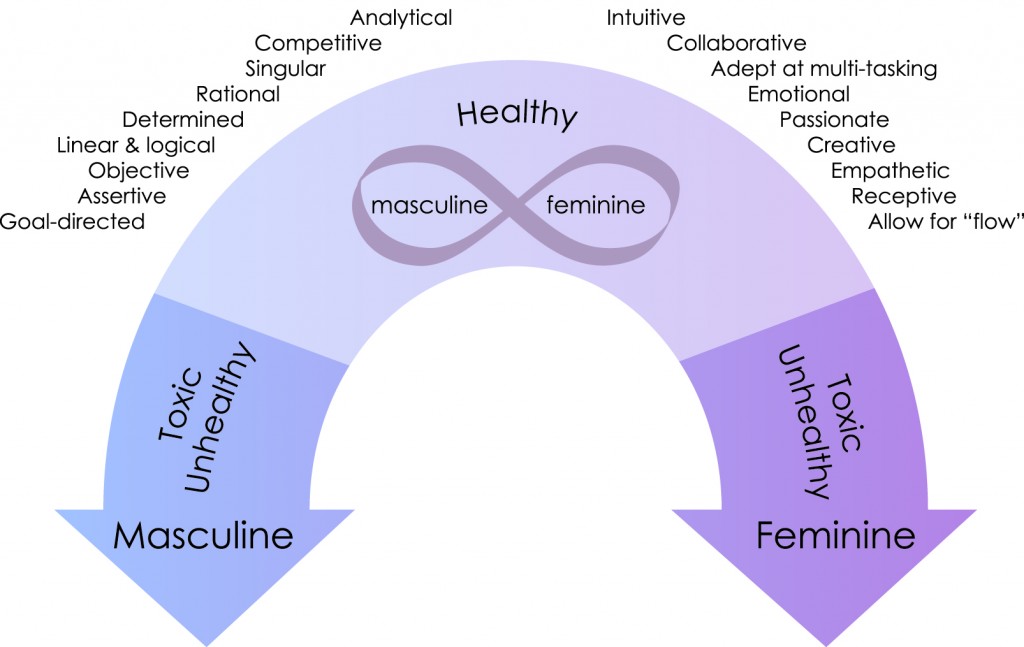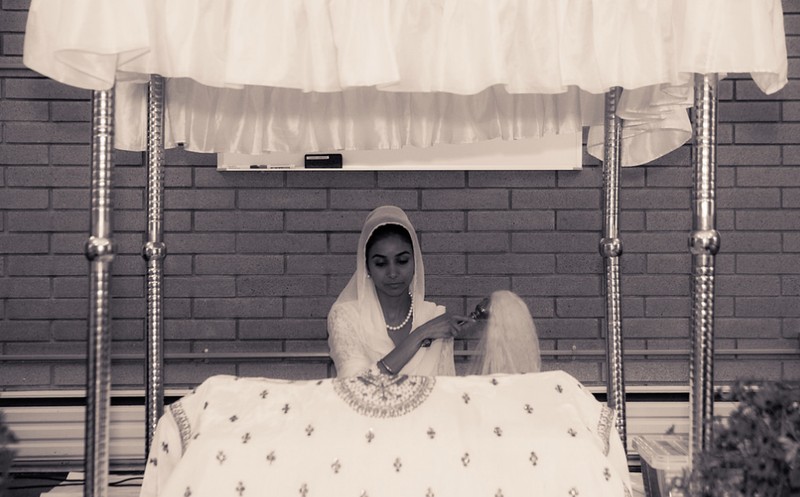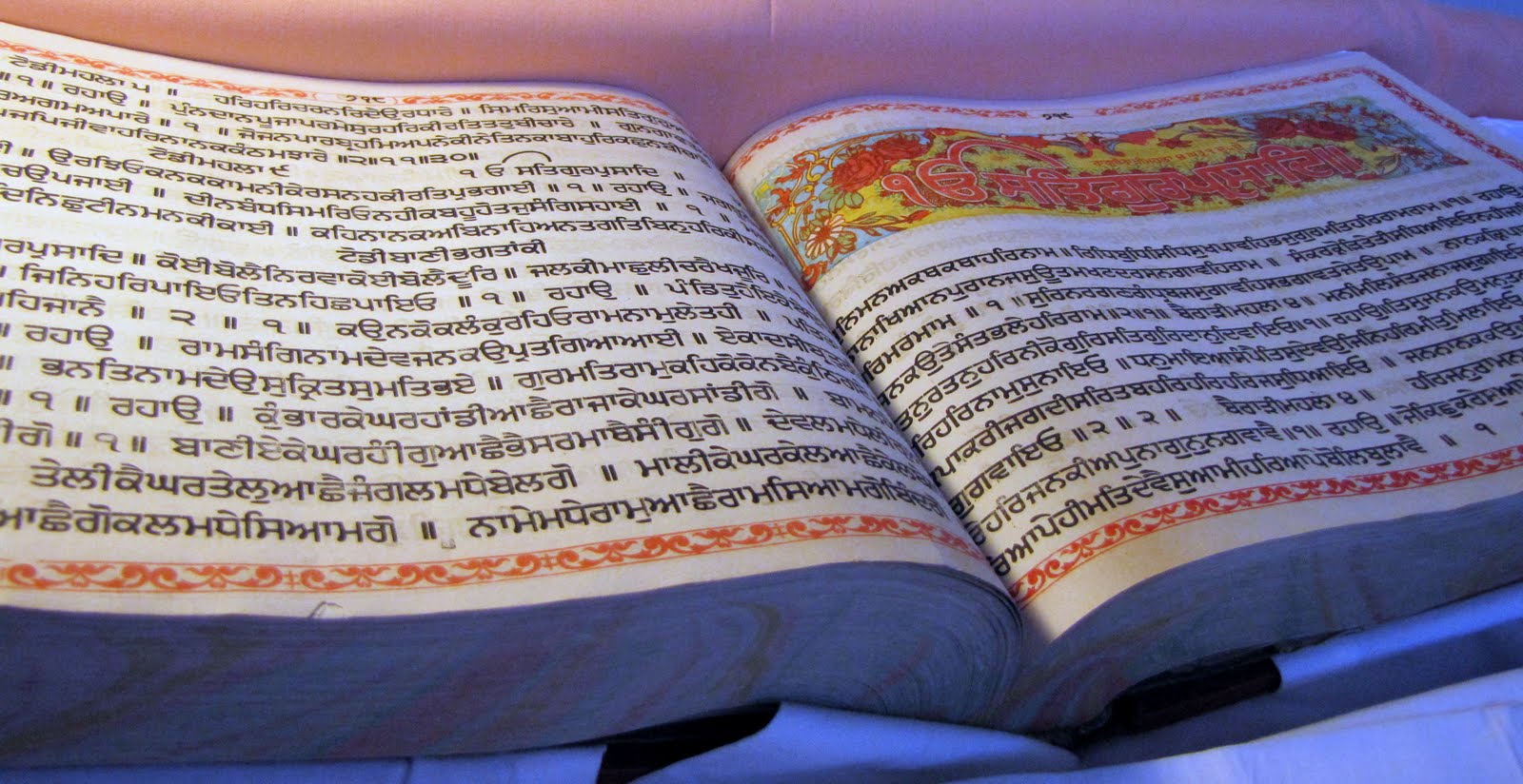By Lakhpreet Kaur
How Mainstream Culture Destroys the “Ideal Sikh Man”
I’ve written a lot about how American and Indian cultures can make it difficult for a woman to be a strong Sikh and follow the Khalsa path, but I haven’t yet addressed the challenges these cultures present to Singhs. I’m not referring to the beard or the turban. Everyone knows that the journey of sporting the Singh bana has many trials, tribulations, and triumphs. Rather, I am talking about Singhs being discouraged from incorporating “feminine qualities” into their persona.
In my opinion, a true Sikh should not simply embrace “feminine” or “masculine” characteristics exclusively. A true Sikh should not try to be a “perfect woman,” or a “perfect man.” Why? Because these traits and terms are transient, fluctuate with time, place, and culture, and may run contrary to Sikh ideals.
A true Sikh should strive to embrace divine characteristics. Timeless qualities. Traits that could be labeled as gurmat inspired.
For example, kindness, compassion, patience, and love are generally identified as being “feminine” traits. But a Singh without these qualities cannot find peace within himself, will have a more difficult time connecting with Waheguru, and will not be the best asset to the panth. When Sikhs highlight and reduce a woman’s qualities to “nurturing, gentle, and sensitive,” we not only limit the woman’s role and perceived value, but we inadvertently excuse men’s responsibility from developing these characteristics, and we simultaneous fail to celebrate those Singhs who have embraced these traits. It’s not fair to Singhs to approach gender in such a narrow manner.
Similarly, “strong,” “confident,” and “tough,” shouldn’t be exclusive to Singh. Kaurs need them too. In my opinion, these are not a “man’s traits,” and being “loving” and “kind” are not a “woman’s traits.” They are Sikh traits.
Think about a hero or a role model who is a male. In your mind, list the qualities he has. Here’s my list of how I remember my dada ji. He is strong, sensitive, caring, loving, patient, nurturing, gentle, and has a beautiful soul. Now, review your words. Were they “Masculine”? “Feminine”? Both? Genderless? Interestingly, most of the words I chose, and perhaps you chose too, are stereotypically “feminine.” But, I feel that doesn’t make my dada ji less of a man, but more of a good human.
I believe that the Gurus strove to create Kaurs and Singhs who embody the same qualities as each other. A Sikh should be caring, loving, strong, brave, courageous, driven, determined, nurturing etc.; a blend of good “masculine,” and good “feminine” qualities. The best of both worlds.
Both men and women suffer from being handed a historical cultural script. A script is a cultural phenomenon that outlines behaviors, characteristics, and expectations of each gender that they should follow in order for society to accept and value them. Unfortunately, this creates a gender prison (1). The Sikh Panth needs to break out of the prison and help Singhs and Kaurs achieve sovereignty from this script so they may follow the un-gendered role our Gurus prescribed.
According to the American (and perhaps Punjabi) masculine script, men are supposed to be aggressive, competitive, objective, controlled, rational, unemotional, strong, powerful, invulnerable, skeptical and tough. Some of these qualities can be seen as anti-Sikh. An unemotional Singh cannot fall in love with creation. An aggressive Singh may have too much anger (krodth), resulting in poor decisions. The masculine script is internalized for so long that it is often hidden from one’s conscious awareness and yet, it diminishes and devalues men. It emphasizes men’s differences from women leaving them less able to connect with and learn from the experiences of women. Singhs and Kaurs need to be able to connect with each other to create a flourishing, inclusive Panth.
Dar Williams has a wonderful song called, “When I was a Boy,” where she draws on her childhood experiences as a tomboy to muse on gender roles and how they limit boys and girls, who then become limited men and women. In the last stanza, she sings from the point of view of a man who looks back at his childhood and calls himself “a girl.” He calls himself a girl because as a young boy he could embody “girlish,” qualities and it was socially acceptable. But as an adult man, he cannot. The stanza ends with the man saying girls and boys are more similar than men and women because the gender script isn’t solidified until later in life.
“When I was a girl, my mom and I we always talked and I picked flowers everywhere that I walked and I could always cry, now even when I’m alone I seldom do. And I have lost some kindness . But I was a girl too. And you were just like me, and I was just like you.” (2)
As noted above, if a man feels sad, he is not supposed to cry. The script has robbed men of a sensitive, human side.
Lastly, the American masculine script can hurt our Singhs by placing unreasonable expectations upon them. For example, Singhs are expected get an honorable job and make lots of money. There’s nothing wrong with wanting to make lots of money, but when it trumps other aspects of life, it can be problematic. On one hand, a Singh is supposed to be independent, to pursue his own vision, and forge his own path… and on the other hand, if he chooses a path that isn’t paved with gold, if he chooses job satisfaction instead, or he opts for a happy home life, or nomadic travel, or to be a stay at home dad over financial gain, he is considered to be a let down (3). Limiting life choices and happiness through social pressure can have drastically negative psychological effects on our Singhs.
In conclusion, when we think about equality in Sikh society, we should not forget our Singhs and their suppressed “feminine” side.
Sources:
(1). Dillon, S. (2001). The woman’s guide to total self-esteem. New Harbinger Publications; Oakland, CA.
(2) “When I Was a Boy”, by Dar Williams on The Honesty Room. (1993).
(3)Christina, G. “5 Things Society Unfairly Expects of Men,” on AlterNet http://www.alternet.org/story/147779/5_things_society_unfairly_expects_of_men?page=0%2C0
(4)Arrow image: http://www.themichaelteaching.com/michael/applied-michael/masculine-feminine-duality/







1 Comment
GAJRAJ SINGH SANDHU
01/30/2015 at 11:45 pmI PERSONALLY AGREED BY ALL YOUR VEIWS AND HOW YOU GIVING MOTIVATION IS AMAZING . I WISH YOU ALL THE BEST .
REGARDS
RAJ